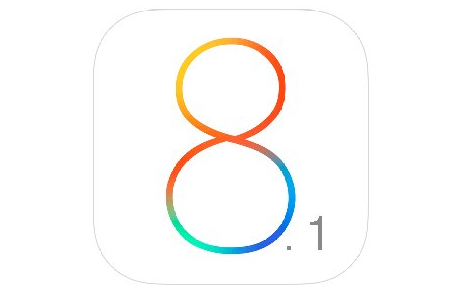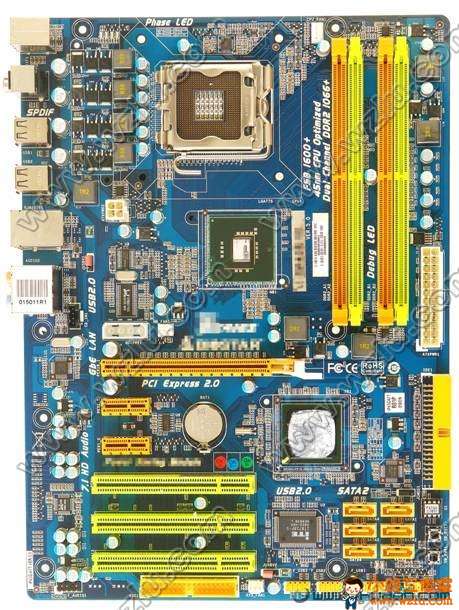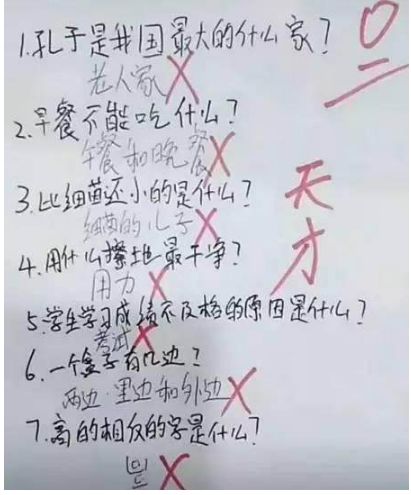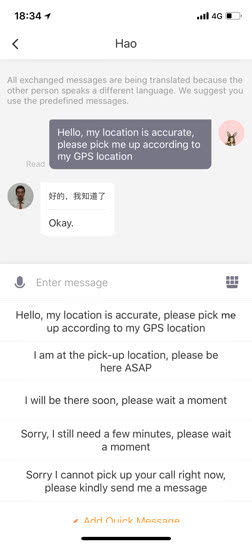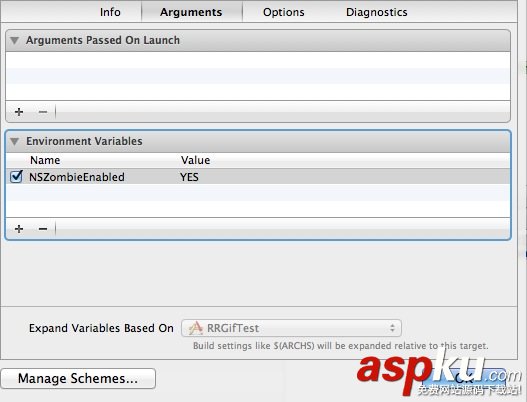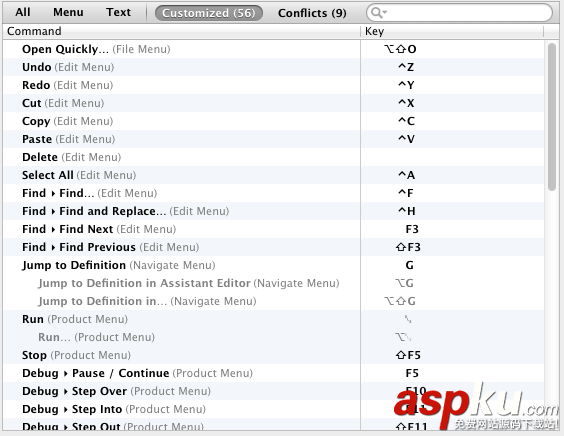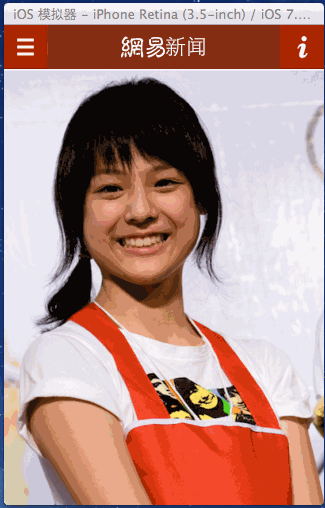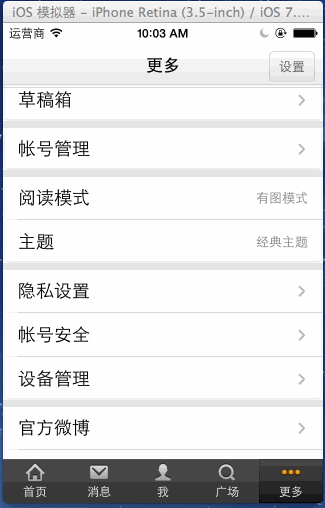Grand Central Dispatch(GCD)是異步執(zhí)行任務(wù)的技術(shù)之一
dispatch queue分成以下三種:
1)運(yùn)行在主線程的Main queue,通過dispatch_get_main_queue獲取。
/*!* @function dispatch_get_main_queue** @abstract* Returns the default queue that is bound to the main thread.** @discussion* In order to invoke blocks submitted to the main queue, the application must* call dispatch_main(), NSApplicationMain(), or use a CFRunLoop on the main* thread.** @result* Returns the main queue. This queue is created automatically on behalf of* the main thread before main() is called.*/__OSX_AVAILABLE_STARTING(__MAC_10_6,__IPHONE_4_0)DISPATCH_EXPORT struct dispatch_queue_s _dispatch_main_q;#define dispatch_get_main_queue() /DISPATCH_GLOBAL_OBJECT(dispatch_queue_t, _dispatch_main_q)
可以看出,dispatch_get_main_queue也是一種dispatch_queue_t。
2)并行隊(duì)列g(shù)lobal dispatch queue,通過dispatch_get_global_queue獲取,由系統(tǒng)創(chuàng)建三個(gè)不同優(yōu)先級的dispatch queue。并行隊(duì)列的執(zhí)行順序與其加入隊(duì)列的順序相同。
3)串行隊(duì)列serial queues一般用于按順序同步訪問,可創(chuàng)建任意數(shù)量的串行隊(duì)列,各個(gè)串行隊(duì)列之間是并發(fā)的。
當(dāng)想要任務(wù)按照某一個(gè)特定的順序執(zhí)行時(shí),串行隊(duì)列是很有用的。串行隊(duì)列在同一個(gè)時(shí)間只執(zhí)行一個(gè)任務(wù)。我們可以使用串行隊(duì)列代替鎖去保護(hù)共享的數(shù)據(jù)。和鎖不同,一個(gè)串行隊(duì)列可以保證任務(wù)在一個(gè)可預(yù)知的順序下執(zhí)行。
serial queues通過dispatch_queue_create創(chuàng)建,可以使用函數(shù)dispatch_retain和dispatch_release去增加或者減少引用計(jì)數(shù)。
GCD的用法:
// 后臺執(zhí)行: dispatch_async(dispatch_get_global_queue(0, 0), ^{ // something }); // 主線程執(zhí)行: dispatch_async(dispatch_get_main_queue(), ^{ // something }); // 一次性執(zhí)行: static dispatch_once_t onceToken; dispatch_once(&onceToken, ^{ // code to be executed once }); // 延遲2秒執(zhí)行: double delayInSeconds = 2.0; dispatch_time_t popTime = dispatch_time(DISPATCH_TIME_NOW, delayInSeconds * NSEC_PER_SEC); dispatch_after(popTime, dispatch_get_main_queue(), ^(void){ // code to be executed on the main queue after delay }); // 自定義dispatch_queue_t dispatch_queue_t urls_queue = dispatch_queue_create("blog.devtang.com", NULL); dispatch_async(urls_queue, ^{ // your code }); dispatch_release(urls_queue); // 合并匯總結(jié)果 dispatch_group_t group = dispatch_group_create(); dispatch_group_async(group, dispatch_get_global_queue(0,0), ^{ // 并行執(zhí)行的線程一 }); dispatch_group_async(group, dispatch_get_global_queue(0,0), ^{ // 并行執(zhí)行的線程二 }); dispatch_group_notify(group, dispatch_get_global_queue(0,0), ^{ // 匯總結(jié)果 }); 一個(gè)應(yīng)用GCD的例子:
dispatch_async(dispatch_get_global_queue(DISPATCH_QUEUE_PRIORITY_DEFAULT, 0), ^{ NSURL * url = [NSURL URLWithString:@"http://www.baidu.com"]; NSError * error; NSString * data = [NSString stringWithContentsOfURL:url encoding:NSUTF8StringEncoding error:&error]; if (data != nil) { dispatch_async(dispatch_get_main_queue(), ^{ NSLog(@"call back, the data is: %@", data); }); } else { NSLog(@"error when download:%@", error); } }); GCD的另一個(gè)用處是可以讓程序在后臺較長久的運(yùn)行。
在沒有使用GCD時(shí),當(dāng)app被按home鍵退出后,app僅有最多5秒鐘的時(shí)候做一些保存或清理資源的工作。但是在使用GCD后,app最多有10分鐘的時(shí)間在后臺長久運(yùn)行。這個(gè)時(shí)間可以用來做清理本地緩存,發(fā)送統(tǒng)計(jì)數(shù)據(jù)等工作。
讓程序在后臺長久運(yùn)行的示例代碼如下:
// AppDelegate.h文件@property (assign, nonatomic) UIBackgroundTaskIdentifier backgroundUpdateTask;// AppDelegate.m文件- (void)applicationDidEnterBackground:(UIApplication *)application{ [self beingBackgroundUpdateTask]; // 在這里加上你需要長久運(yùn)行的代碼 [self endBackgroundUpdateTask];}- (void)beingBackgroundUpdateTask{ self.backgroundUpdateTask = [[UIApplication sharedApplication] beginBackgroundTaskWithExpirationHandler:^{ [self endBackgroundUpdateTask]; }];}- (void)endBackgroundUpdateTask{ [[UIApplication sharedApplication] endBackgroundTask: self.backgroundUpdateTask]; self.backgroundUpdateTask = UIBackgroundTaskInvalid;} 以上內(nèi)容是小編給大家介紹的IOS中GCD的使用,希望對大家有所幫助!
